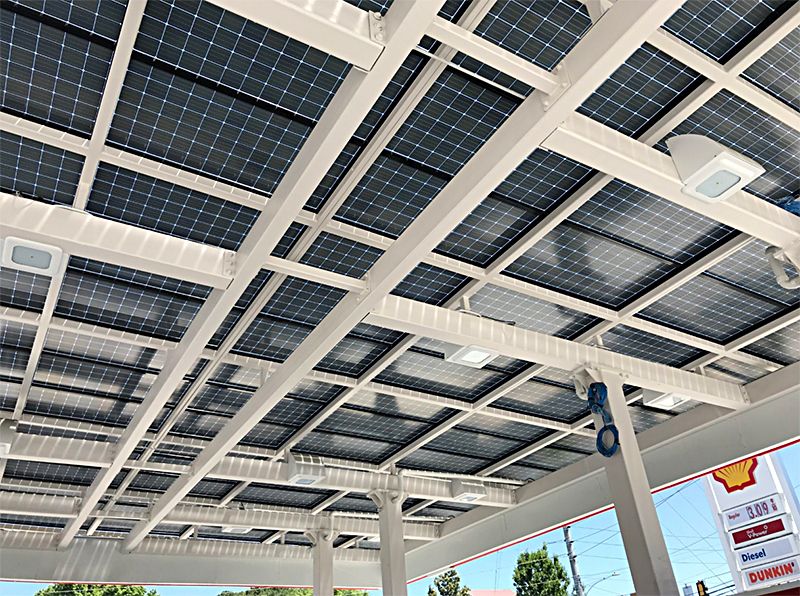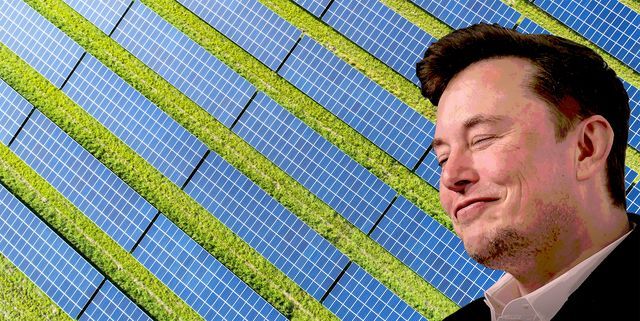Engineers calculate the ultimate potential of next-generation solar panels
WEST LAFAYETTE, Ind. — Most of today’s solar panels capture sunlight and convert it to electricity only from the side facing the sky. If the dark underside of a solar panel could also convert sunlight reflected off the ground, even more electricity might be generated.
Double-sided solar cells are already enabling panels to sit vertically on land or rooftops and even horizontally as the canopy of a gas station, but it hasn’t been known exactly how much electricity these panels could ultimately generate or the money they could save.








